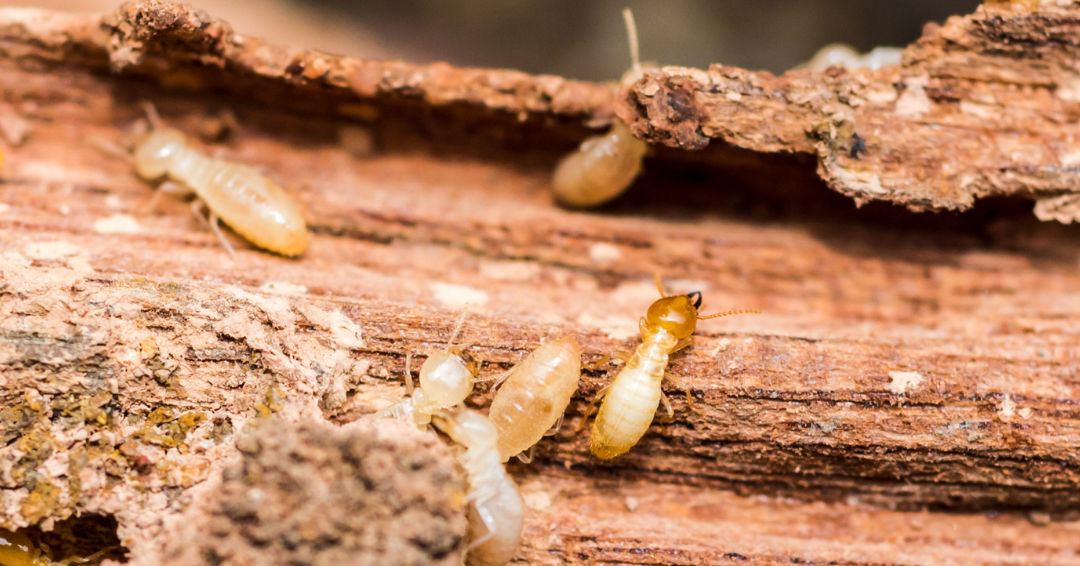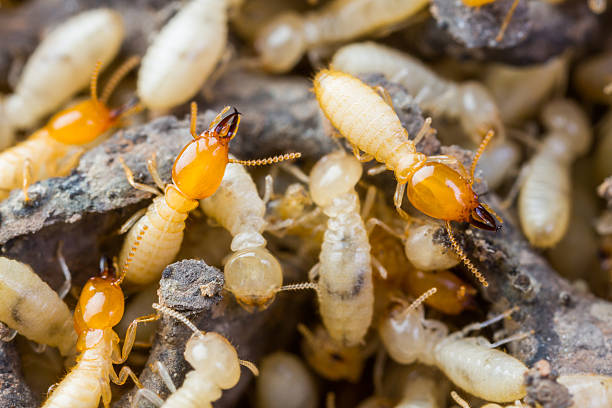There are many different kinds of termite treatment options you can pick from to safeguard your property and home from termites. Sometimes, it is difficult to choose the best one for your specific situation. If you are a homeowner in search of a termite treatment solution to deal with an active termite problem at your residence? Are you a developer searching for preventative treatment for termites to build a new structure? What options are the most eco-friendly? How long will each treatment last? To ensure that you tackle your termite concerns safely and efficiently. It is essential to talk to your local expert in termite treament or termite exterminator to know what options you have.
Here’s a brief outline of the three most popular kinds of termite treatment:
- Barrier treatments and soil
- Termite baiting stations
- Fumigation
Table of Contents
Termite Control Methods
Soil and Barrier Treatments
Barrier and soil treatments are the most popular methods to tackle a termite problem. Solvent treatments consist of applying liquid termiticides on the soil under and around the base of your building to create the appearance of a barrier to protect from the outside of your house and blocks termites from entering through. Soil treatments are considered to be an element that uses chemical barriers to treat. The barrier treatments also help safeguard the interior of your house with the help of other chemical or physical termite barriers.
Another physical barrier is termite shields. They are thin sheets of metal that are placed around wooden structural elements within your home. But, they are generally only put in place at the time of construction and should not be used for treating an infestation that is already present. The termiticides employed in the treatment of soil and barriers generally last for 5 years. Based on the circumstances they could be more economical than termite baits.
Baiting Stations for Termites
Termite baiting is getting more widely used as a preferred method for controlling termites. Termite bait stations can be strategically located around an active colony of termites in this type of treatment. In-ground and aboveground bait stations are two of the most commonly used kinds of bait stations.
The in-ground stations for baiting, just as the name implies, should be placed in the ground. They are more widespread and efficient than above-ground stations, whereas above-ground stations might be more suitable for certain circumstances. Bait stations for termites use bait which has been treated with very low amounts of non-repellent slow-acting termiticides. If termites come across their way to the station they bring the bait poisoned back to their colonies and feed it to all the colony members. Thus termite bait stations could eventually eradicate the entire colony of termites, thus addressing the issue at the source.

Fumigation
Fumigation is a powerful method to rid your house of a serious infestation of termites. The procedure involves enclosing the affected area and exposing all termites in the area to sulfuryl fluoride gas. The process of fumigation typically lasts for 3 days.
To make sure that the fumigate is thoroughly sprayed the home is closed and tented before that treatment gas can be released. The exterminator will then allow up to 24-hours of treatment depends on your residence and the severity of the termite problem. After treatment, your house will be monitored and aerated until all the gas has gone out and safe to return. The efficacy of fumigation depends on the kind of termite species that you have.
Termite Prevention
Treatment for termites is heavily dependent on the type of termite as well as the information about the environment that they live in. Subterranean termites, also known as “damp wood” termites are the most frequent. They thrive in damp and dark environments that are full of their preferred food sources of cellulose. They construct their colonies in soil and they tend to come out in the spring to search for new sources of food.




